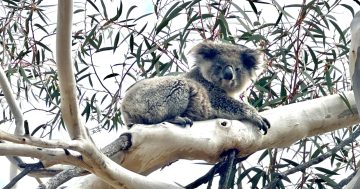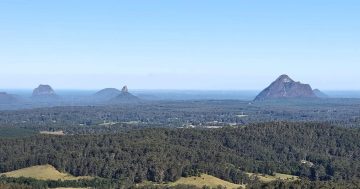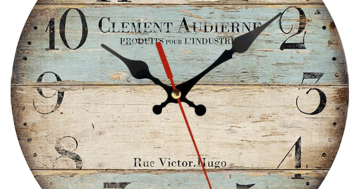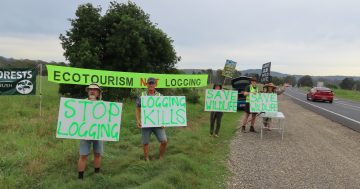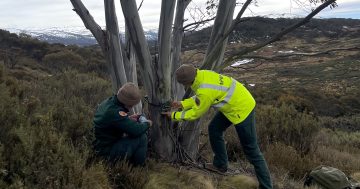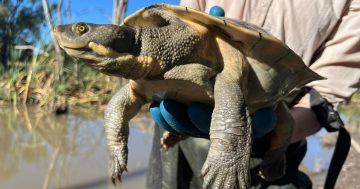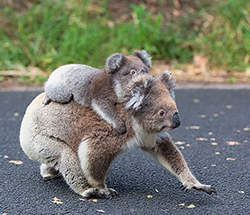 The Department of Environment and Science has been funded for six applied research projects to protect and conserve koala habitat and populations
The Department of Environment and Science has been funded for six applied research projects to protect and conserve koala habitat and populations
A new app allows members of the public to act as citizen scientists by reporting koala sightings and providing accurate location and population data.
Launching the app during a visit to the Daisy Hill Koala Centre, Minister for the Environment, Leanne Linard said it was based on the highly successful QWildlife Crocodile Sighting app, which helped the Queensland Parks and Wildlife Service improve the management of crocodiles.
“When members of the public spot a koala while enjoying our national parks, State forests and bushlands, or in our urban areas, they can simply upload the details and a photo to the QWildlife Koala Sighting App,” Ms Linard said.
“Koala sightings data from the app will provide a better understanding about where koalas live and how they use their environment, and will help support important koala research, conservation and management actions.”
She said the six research projects all supported long-term koala conservation in South-East Queensland.
“The projects include koala population monitoring, the use of artificial intelligence to help build a road safety monitoring network, thermal drone surveys and habitat connectivity,” the Minister said.
Research Leader at Griffith University, Jun Zhou said his team was developing an AI-based facility to monitor the koalas’ road crossing behaviour “so we can analyse how many koalas are crossing the road using underground pathways or the above-road crossings”.
“This project will extend our innovative AI-powered koala monitoring system to cover wider areas of koala habitat in South-East Queensland, and engage 10 local Councils and community groups to facilitate the installation and maintenance of the camera network,” Professor Zhou said.
“Previously, cameras have been set up to monitor the koala crossings, but the captured videos had to be manually checked to see whether the animals filmed using the crossings were koalas or other species.”
He said the updated AI technology was powerful enough not only to recognise koalas generally, but identify which individual koalas were using the crossings.


